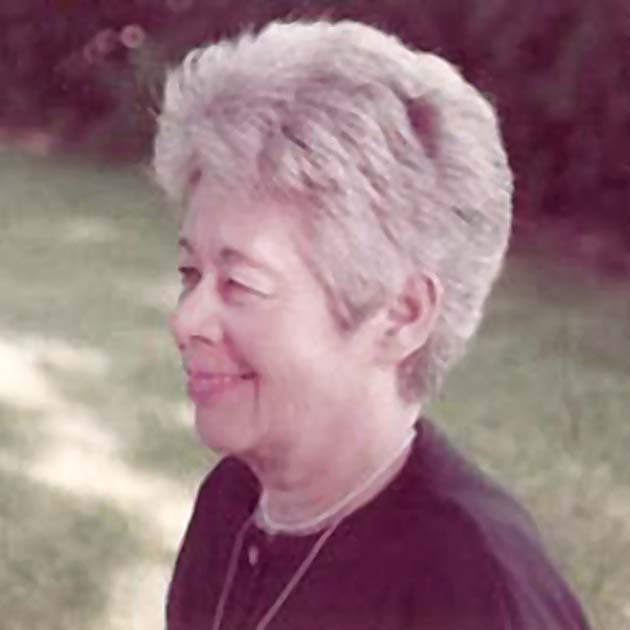
Margalith Galun was born in Austria but moved first to Switzerland and then, at the age of 20, to Israel where she studied at the Hebrew University of Jerusalem. She was awarded a Ph.D. in 1960, and in 1965 joined the Botany Department at Tel-Aviv University where she spent the remainder of her academic life (Balaban, Reference Balaban2012). Margalith became internationally recognized for her research on lichens. After her initial interest in the biodiversity of lichens in Israel, she focused her work on the early interaction between alga and fungus during thallus formation. She investigated this by electron microscopy and by undertaking research, with her students, on the signalling molecules involved. A side issue, the uptake of metals by lichens, involved collaboration with Jacob Garty, who became her colleague and extended this work. She presented the results of this research at major international conferences and via papers in journals over the years, in all, publishing over 90 contributions, her major ones appended to this obituary.
In 1985, Margalith founded and was first editor of Symbiosis, an international journal that she managed, remaining as Editor-in-Chief until 2006. In addition, she undertook the onerous task of editing the three-volume Handbook of Lichenology for CRC Press. We are personally aware of the hard work she put into this project, particularly when she found herself in the position of having to omit certain chapters or write them herself, as a number of would-be contributors failed to honour their promises – subsequently, she wrote twelve of the 54 chapters!
Margalith worked tirelessly for the International Association for Lichenology, being a firm believer in the importance of international co-operation; not only did she attend many of its meetings, but she was also an active member of its committee, serving as Vice-President from 1987 to 1993. She also organized the successful first International Symbiosis Congress in Jerusalem in November 1991 (Galun, Reference Galun2011). This was attended by 250 people from 27 countries and three lichenologists, D.C. Smith, D.J. Hill and D.H.S. Richardson, contributed to the proceedings volume which ran to 500 pages (Symbiosis, 1992).
The imposition of political and financial constraints often put difficulties in Margalith's way, but she surmounted such problems, frequently at considerable self-sacrifice, with the result that Tel-Aviv University became an internationally acclaimed centre of excellence for the study of lichens. The outstanding success of her many research students testifies to her inspirational guidance. In addition to all her lichenological activities, Margalith was devoted to her family, besides shouldering a heavy burden of administrative duties arising from the senior academic position she held at Tel Aviv University (Balaban Reference Balaban2012).
We have been friends of Margalith for many years and spent many happy and profitable times together. We know that many other lichenologists have similar fond memories of her warm hospitality and unquenchable enthusiasm for lichenology. One of us (MRDS) made a prolonged visit to her in Israel in 1976, an experience he will never forget, while the other (DHSR) attended the First International Symbiosis Congress in 1991 in Tel-Aviv, and we both attended the 6th International Mycological Congress in 1998 in Jerusalem, of which Margalith was the key organizer. Unquestionably, she was one of the world's foremost lichenologists, and it was indeed fitting that she should be awarded the Acharius Medal by the International Association for Lichenology at the 5th International Mycological Congress, Vancouver in 1994. She is greatly missed by the lichen community worldwide.

